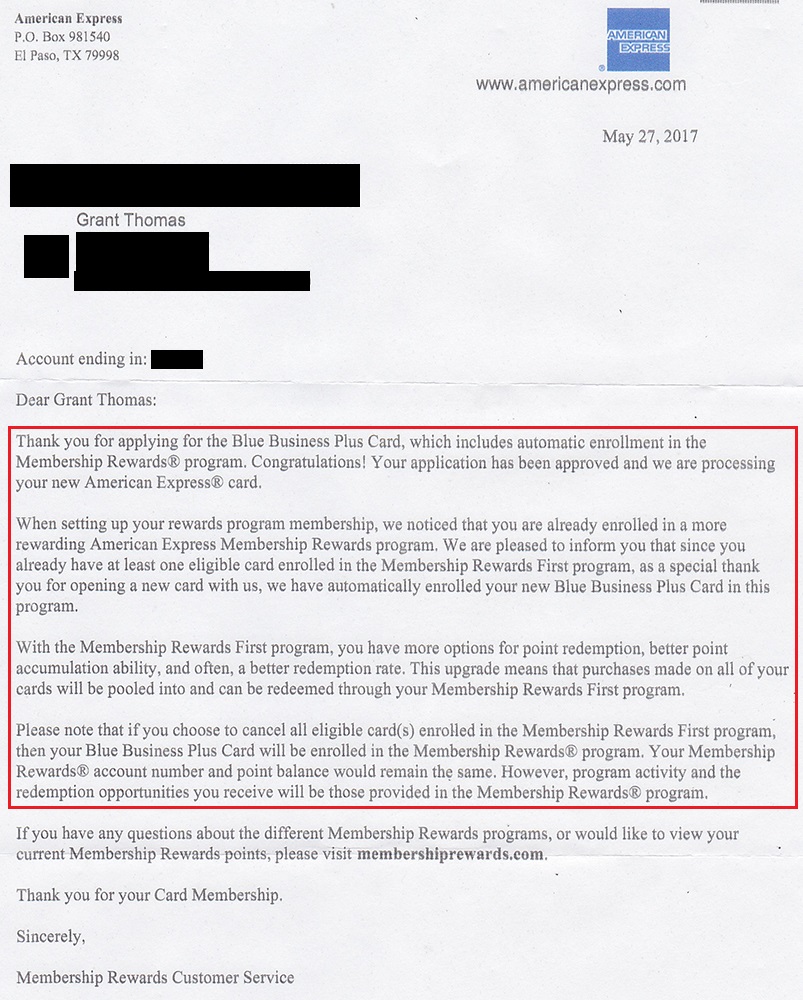
Penetrating comments by two readers for Cornell University Press stimulated many improvements.

Among them, Benjamin Doxtdator was also a very effective research assistant, and Terry Kinsella helped me understand how a horse can be a work of art. I worked over my material in seminars and lecture courses at McMaster and Dalhousie universities, benefiting from good questions by many good students. For further information, visit our website at Cloth printingįor Gilbert and Adria Allen Loving and generous parentsĪcknowledgments ix Introduction: Art and Technology in Human Experience 1 1 The Human 9 2 The Technical 47 3 The Aesthetic 88 4 Technology 105 5 Art 150 In Conclusion 175 Notes 185 Index 209 Such materials include vegetable-based, low-VOC inks and acid-free papers that are recycled, totally chlorine-free, or partly composed of nonwood fibers. N72.T4A46 2008 111⬘.85 -dc22Ĭornell University Press strives to use environmentally responsible suppliers and materials to the fullest extent possible in the publishing of its books. Includes bibliographical references and index. Artifice and design : art and technology in human experience / Barry Allen. First published 2008 by Cornell University Press Printed in the United States of America Library of Congress Cataloging-in-Publication Data Allen, Barry. For information, address Cornell University Press, Sage House, 512 East State Street, Ithaca, New York 14850. Except for brief quotations in a review, this book, or parts thereof, must not be reproduced in any form without permission in writing from the publisher. "By segregating art and technology," Allen writes, "we divide ourselves against ourselves, casting up self-made obstacles to the ingenuity of art and technology."Īlso by Barry Allen Truth in Philosophy Knowledge and CivilizationĪRTIFICE AND DESIGN Art and Technology in Human ExperienceĬornell University Press Ithaca and LondonĬopyright © 2008 by Cornell University All rights reserved. The book concludes that it is a mistake to think of art as something subjective, or as an arbitrary social representation, and of Technology as an instrumental form of purposive rationality. The topics covered in Artifice and Design are wide-ranging and interdisciplinary, drawing from evolutionary biology, cognitive psychology, and the history and anthropology of art and technology. Allen starts from the conviction that art and technology must be treated together, as two aspects of a common, technical human nature. This may be seen at the heart of Artifice and Design in Allen's discussion of seven bridges: he focuses at length on two New York bridges―the Hell Gate Bridge and the Bayonne Bridge―and makes use of original sources for insight into the designers' ideas about the aesthetic dimensions of their work.
#Crocodile technology 3d v610 crack series
In an intriguing book about the aesthetics of technological objects and the relationship between technical and artistic accomplishment, Barry Allen develops the philosophical implications of a series of interrelated concepts―knowledge, artifact, design, tool, art, and technology―and uses them to explore parallel questions about artistry in technology and technics in art. No engineer can design such a thing and none has ever been built."―from Artifice and Design
#Crocodile technology 3d v610 crack how to
We have no idea how to make something that is merely efficient, a rational instrument blindly indifferent to how it appears.


In the best work (the best design, the most well made), the look and feel of a device (its aesthetic, perceptual interface) is as important a part of the design problem as its mechanism (the interface of parts and systems). Fully engaged technical design is at once aesthetic and structural. "As familiar and widely appreciated works of modern technology, bridges are a good place to study the relationship between the aesthetic and the technical.


 0 kommentar(er)
0 kommentar(er)
